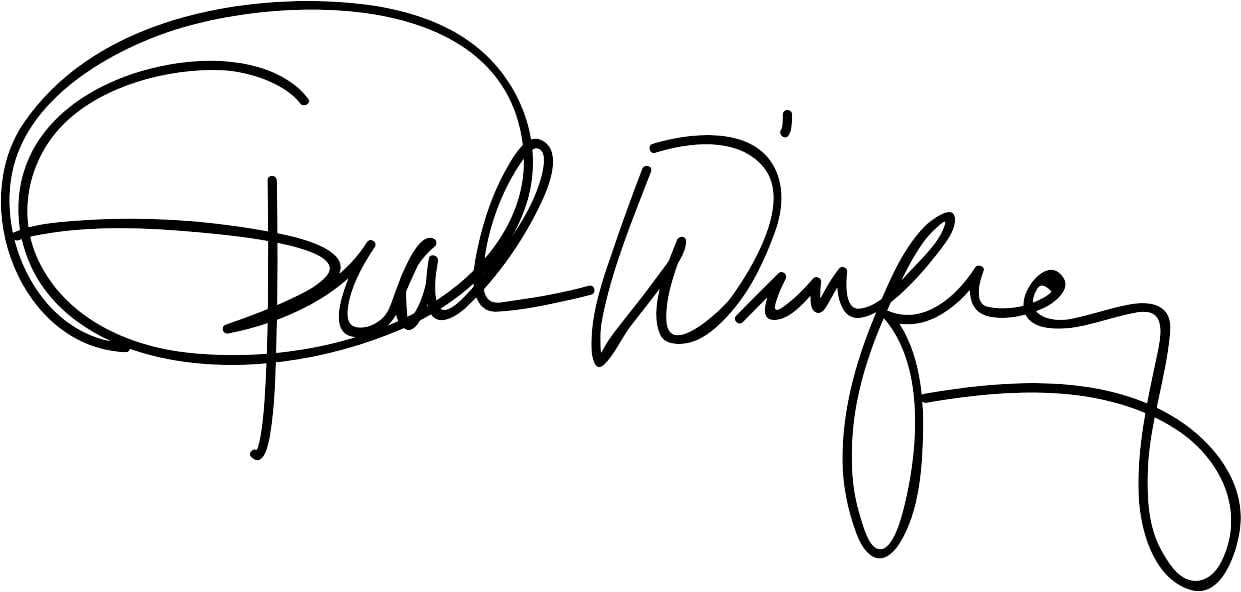Rubber molding is a crucial manufacturing process used to produce a wide variety of rubber products. This technique involves shaping and forming raw rubber materials, but its primary function is also to subject these materials to chemical reactions that enhance their durability and performance. The molding process causes the rubber’s polymer chains to crosslink, resulting in a more rigid and toughened material. As a result, rubber products exhibit superior flexibility, durability, and resistance to wear and tear, which are essential qualities for industrial applications.
At Siliconekeytech, we specialize in high-quality rubber molding solutions that cater to industries ranging from automotive to consumer electronics. Whether you need high-precision rubber components or are looking for cost-effective bulk manufacturing, we are equipped to handle your needs from design to production, ensuring efficiency, reliability, and durability in every product. In this article, we will walk you through the rubber molding process, covering the key steps involved and the various molding techniques commonly used.
1. Designing the Rubber Part
The first and most crucial step in the rubber molding process is the design of the product. Rubber can be molded into complex shapes, geometries, and sizes. During the design phase, engineers consider the intended function of the part, its design specifications, and the most efficient way to manufacture it. A critical factor during design is the parting line, which determines how the mold will split to release the product once it’s fully formed. A proper draft angle also ensures that the part can be ejected smoothly from the mold.
At Siliconekeytech, our team works closely with you to ensure that your product’s design is optimized for mass production while maintaining the highest quality standards. We collaborate with you to ensure that all designs are cost-effective, manufacturable, and meet the necessary industry standards for functionality and durability.
![]()
2. Mold Production
Once the design is finalized, the next step is producing the mold itself. The mold is typically made from materials like hardened steel, beryllium-hardened copper, or aluminum, with steel being the most commonly used due to its durability and cost-effectiveness over time. The mold consists of a cavity that forms the shape of the product and requires precise adjustments to ensure the final part has the right surface finish.
At Siliconekeytech, we utilize advanced computer-aided design (CAD) systems to create highly precise molds that meet exact design specifications. The use of CNC machining and other high-precision technologies ensures that the molds are not only accurate but also efficient in terms of production time and cost.
After the mold is created, it undergoes rigorous testing for dimensional accuracy and compliance with the original design. This ensures that every part produced is consistent and meets the required standards.
![]()
3. Rubber Molding Processes
There are several rubber molding techniques used to shape raw rubber into finished parts. The most common methods are compression molding, injection molding, and transfer molding, each of which serves different manufacturing needs.
Compression Molding
Compression molding is one of the simplest and most cost-effective methods of rubber molding. It involves placing a pre-measured amount of uncured rubber into a mold cavity. The mold is then closed, and heat and pressure are applied. The heat causes the rubber to vulcanize, or cure, making it more durable and rigid.
Compression molding is ideal for producing larger parts, such as seals and gaskets, that do not require tight tolerances. It is often used when a high level of flexibility in design is needed, making it a common choice for the automotive and industrial sectors.
![]()
Injection Molding
Injection molding is a high-precision process used to create parts with tight tolerances and intricate designs. In this process, raw rubber is heated and then injected into a mold cavity under high pressure. The rubber fills the mold, and once cooled, the part is ejected from the mold.
Injection molding is particularly suitable for producing parts with complex geometries and is commonly used in industries such as electronics, medical devices, and consumer products. The high precision of this process makes it ideal for parts that require consistent quality and uniformity.
![]()
Transfer Molding
Transfer molding is a hybrid of compression and injection molding. In this process, uncured rubber is first placed into a pot (a reservoir on the top of the mold). A heated plunger then forces the rubber into the mold cavity under pressure. This process ensures that the rubber fills all sections of the mold, allowing for intricate shapes and uniform material distribution.
Transfer molding is used for smaller parts and can be more efficient than compression molding for certain applications. It is commonly used in the production of parts like gaskets, seals, and electrical components.
![]()
4. Curing and Final Testing
Once the rubber is molded, it undergoes a curing process, also known as vulcanization. This chemical reaction is triggered by heat, causing the rubber’s polymer chains to crosslink and harden. The curing process ensures that the rubber product retains its shape and possesses the desired mechanical properties such as elasticity, durability, and temperature resistance.
After curing, the molded parts are inspected for quality and performance. At Siliconekeytech, we use advanced testing equipment such as 3D projectors, elasticity measurement instruments, and durometers to ensure the finished products meet stringent quality standards. Our Quality Control (QC) team conducts rigorous checks at every stage of production to maintain the highest level of precision and consistency.
![]()
5. Advantages of Rubber Molding
Rubber molding offers several key advantages that make it an essential process for producing high-quality rubber parts:
- Versatility: Rubber molding can produce parts in a wide variety of shapes, sizes, and material formulations to suit specific application needs.
- Durability: The crosslinking of rubber polymers during the curing process enhances the material’s strength, flexibility, and resistance to wear and environmental conditions.
- Cost-Effectiveness: Once the mold is created, rubber molding is highly efficient for mass production, allowing manufacturers to produce large quantities of parts at a lower cost.
- High Precision: Injection molding, in particular, offers high precision and is ideal for producing parts with tight tolerances and intricate designs.
6. Conclusion
Rubber molding is a vital process for creating durable, high-quality rubber components used in a wide range of industries. Whether it’s compression molding, injection molding, or transfer molding, each method offers unique benefits depending on the requirements of the part being produced. At Siliconekeytech, we offer customized rubber molding services tailored to meet your specific needs, providing you with high-precision, durable products.
![]()
If you’re looking for reliable and efficient rubber molding solutions, contact us today. Our advanced production processes and expert team will ensure that your rubber products meet the highest standards of quality and performance. Whether you need a single prototype or a large production run, Siliconekeytech is your trusted partner for all your rubber molding needs.

